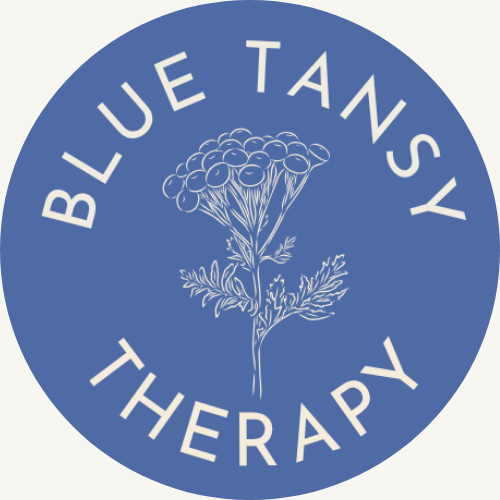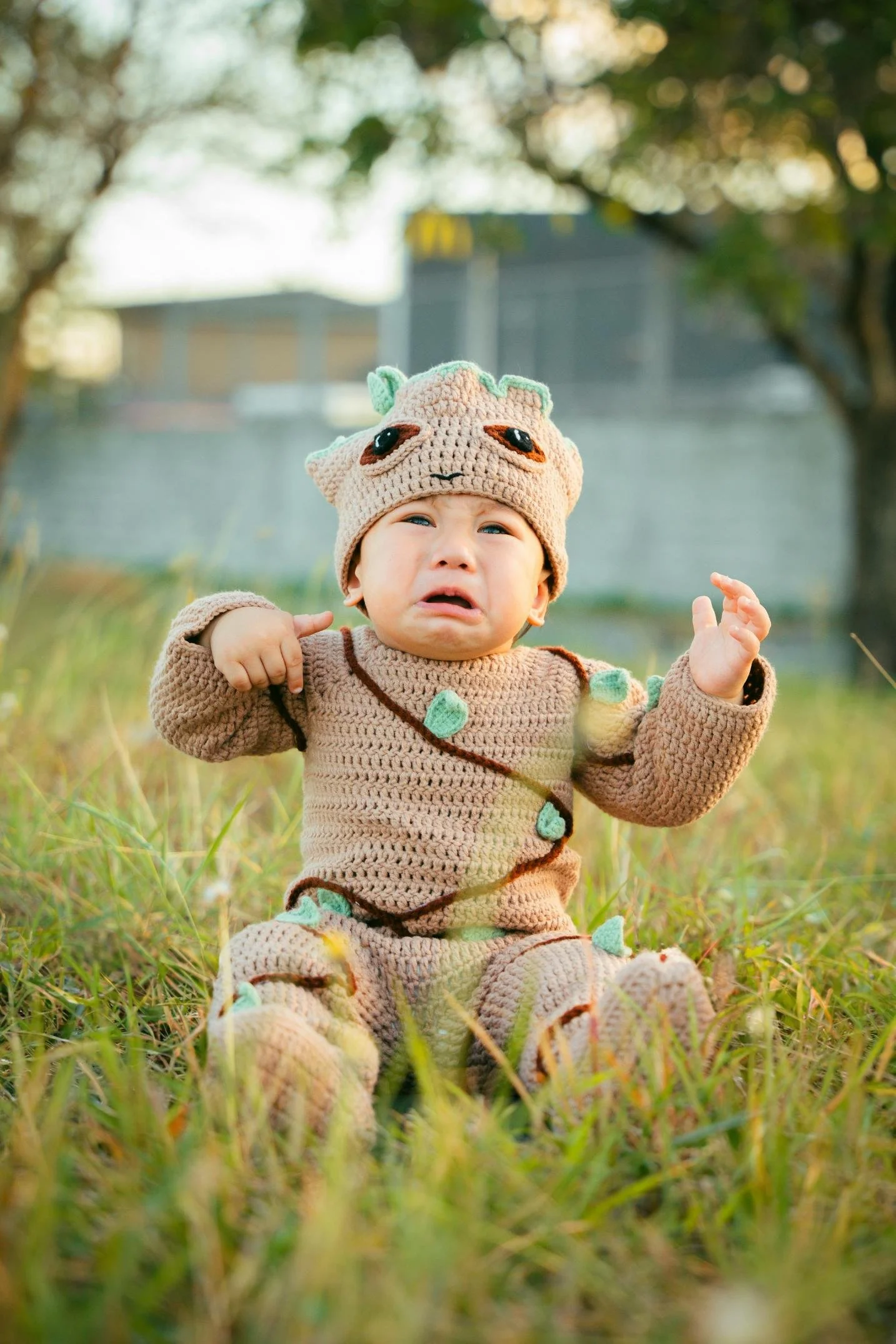How Does Avoidant Attachment Show Up in Relationships?
Introduction
You have likely heard of the idea of attachment styles, since it’s a trending term in pop psychology. You may wonder if your attachment style is impacting your romantic relationship. Today, we will look at avoidant attachment in relationships. This is also called dismissive attachment in adults, or avoidant/dismissive attachment.
We will cover signs that you may have avoidant attachment. You will also learn ways to heal within your relationship. Relationship trouble is distressing. But you can feel hopeful that healing is possible.
Attachment Styles
Avoidant attachment in relationships makes sense through a developmental lens. We are born helpless into an unpredictable world. Babies are unable to control what happens to them or how they get cared for.
When we are young, we are dependent on our caretakers for all our needs. This includes physical needs, such as nourishment. It also encompasses emotional needs, such as soothing. Attachment refers to the emotional bond between infants and parents or other caregivers.
There are several different attachment styles. Secure attachment develops when our caregivers attune to our needs. They respond to our cries for help. When there is a mismatch between the care we need and the care we get, our minds must adapt to cope with this. This is how anxious, avoidant, and disorganized attachment styles develop.
It’s important to note that attachment styles are not static. You may have avoidant attachment style but show traits of other styles as well. As an adult, this can sometimes depend on the romantic relationship you are in.
You can also move from a dysfunctional attachment style to a secure attachment style. This is what we call earned secure attachment. You achieve it through being in healthy relationships, including therapeutic relationships.
Avoidant Attachment Style in Childhood
As noted above, attachment styles develop in relation to caregivers beginning in infancy. In a perfect world, a caregiver will almost always respond to a baby’s cries. The caregiver will provide what the baby is asking for by crying. For example, giving the baby an extra blanket if it is cold. Avoidant attachment develops when caregivers are not responsive to a child’s needs.
How does this happen? If a caregiver does not respond to a baby’s needs on a consistent basis, the baby may learn it is no use. The baby may even give up asking for help. In childhood, this can look like a withdrawn child. For example, if the child is sad about something, she won't go to her parents for support. Instead, she withdraws to her room. There, she self-soothes by coloring or talking to her stuffed animals.
This is an adaptive response to unattuned caregivers. Yet, the child will likely develop difficulties in emotional regulation and communication. Children don’t know what emotions are and how to handle them- they need to learn from their caregivers. In the case of the avoidant child, she is learning to internalize her emotions, bottling them all up. She isn’t learning how to communicate her feelings and needs to other people. This can lead to socioemotional difficulties over time.
Avoidant Attachment Style in Relationships
Without intervention, avoidant attachment can carry into adulthood. You may feel uncomfortable expressing emotions. People may tell you that you appear calm, cool, and collected. But at the same time, your inner emotional landscape is in turmoil. Adults with avoidant attachment often pride themselves on being self-sufficient and independent. These are healthy traits in moderation. Unchecked, they can lead to isolation and loneliness.
Avoidant attachment can show up in any adult relationship. Romantic relationships are particularly susceptible to attachment wounding. As we grow up, our parents no longer are our attachment figures. Our object of attachment transitions to our romantic partners. This is because romantic relationships are our most emotional relationship as adults.
How do you know if you are being avoidant in your relationship? You may struggle to share your emotional needs with your partner. This can lead to bottled up emotions exploding out when you are no longer able to keep them to yourself. It can even lead to lasting resentments.
Another sign is trying to avoid conflict in your relationship. It's hard for you to hear feedback from your partner. Or you pull away from difficult conversations. Partners often misinterpret these behaviors as uncaring, causing them to become upset. In turn, you feel even more intimidated, wanting to run away and hide.
Healing Avoidant Attachment Style in Relationships
If you saw yourself in the above description, you’re wondering how to heal your avoidant attachment in relationships. Remember, attachment styles develop as adaptive responses to caregiving. There are reasons why you are having this set of reactions in your relationship. Withdrawing was adaptive in your past relationships with caregivers. But it is not adaptive in your current romantic relationship.
Begin by recognizing and communicating about your emotions. At first, you may have difficulty identifying your own emotions. Even though it sounds simple, this is likely something you weren’t taught as a child. Self-reflection, like journaling with a feelings wheel, can be helpful. Pay particular attention to how your partner triggers certain emotions.
Then, see if you can begin sharing these emotions with your partner. It’s also important to learn to self-regulate during conversations. That way, you can also hear what your partner is sharing with you. Hearing each other’s emotions can lead to earned secure attachment for both partners.
Healing attachment wounds can feel overwhelming, and sometimes you need professional help. This is especially true if your partner is having a negative reaction to what you are sharing. There are many different modalities of couples therapy.
Emotionally Focused Couples Therapy (EFcT) is based on attachment science. It helps both partners work through their attachment wounds in a safe environment. Blue Tansy Therapy offers couples therapy in Hayes Valley. To learn more, please book a complimentary consultation.
Conclusion
Having discord in your relationship can be very unsettling. It can be helpful to consider how your attachment style may be playing a role. Oftentimes, our reactions are behaviors that were adaptive in past relationships. But these same reactions may be hurting our present relationships.
Overcoming avoidant attachment in relationships is possible. Healing begins through learning to share your emotional landscape with your partner. Professional help is always available if you find yourselves stuck. Everyone deserves earned secure attachment.



